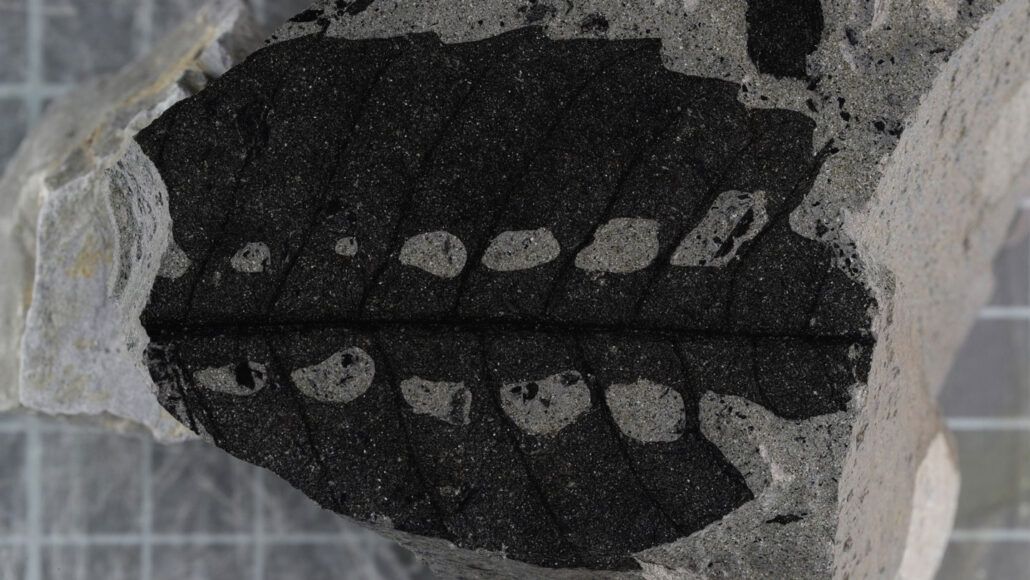Unfolding Ancient Secrets: Could Million-Year-Old Plants have Nighttime Rituals?
Recently discovered fossils showed the possibility that a ginkgo-like plant may have opened and folded its leaves at night around 250 million years ago.

Paleontologist, Zhuo Feng, made an interesting discovery on a trip in southwest China at the Xishuangbanna Tropical Botanical Garden. He came across fossilized leaves of an extinct plant that may show some plants used to 'close themselves' at night.
The now extinct Gigantonoclea was the proof he needed. Two fossilized leaves from the plant were discovered and it showed signs of nyctinasty, which is circadian folding at night. This would make this the first known specimen of this fossilized example behavior. The fossils date back around 250 million years ago.
One thing that made scientists believe the species showed signs of nyctinasty was the proof of bugs munching on the plants. The insects chewed through the rows of leaves and made marks so visible, they're still visible in the fossilized plant today. But it wasn't just the bites that made scientists speculate but how they were arranged. The bites are arranged symmetrically on both sides.

Insects made the holes feasting on the leaves while they were shut. Similar evidence of leaf damage can be used to distinguish folding behavior from dying leaves that had shriveled. There are modern day plants that act the same way. They fold and unfold their leaves using pulvinus cells which act like muscles. By moving water around the leaf, the cells bloat or deflate and it causes the leaves to fold or unfold. These cells are often found in the base of the leaves so its impossible to tell if the fossilized plants contained these cells.
While plant leaves usually become damaged in the fossilization process and display signs of wear and tear, this wasn't the case. In living plants, the area around the bite tends to thicken in response. It tends to take on the shape of those in the fossil.
It's hard to prove this occurred at night, these leaves would have to be folded long enough for insects to munch through them. This period of time makes scientists believe it may have occurred at night. Most modern plants who do this are flowering plants, and the fossilized Gigantonoclea was a seed producing plant like a ginkgo. And these plants would have been abundant in the area, with plenty for the insects to feast on.



